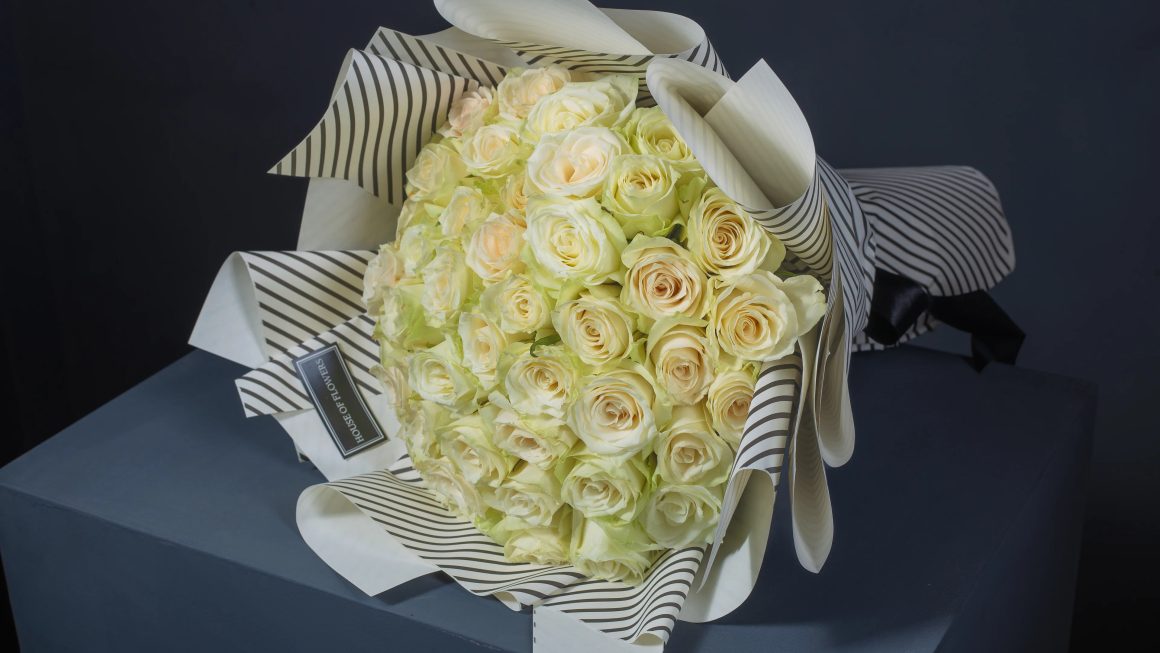Are you curious about what separates the fine distilled spirits you indulge from each other? Bourbon and whiskey have remained among the most popular products in this market. Let’s play the temporary role of a taste-testing connoisseur and discuss some of the key differences.

5 Differences Between Bourbon and Whiskey
1. Place of Origin
The former is actually a form of whiskey that originated and is produced in America exclusively, so for tradition’s sake we will refer to it by its moniker of American whiskey. In fact, in 1964 Congress even decreed that this type of whiskey be recognized as America’s native spirit.
Its birthplace is not the only factor that differentiates American whiskey from other classes of whiskey, however.
2. Grain Ratios
Excuse the injection of math and science into the discussion, but in order to understand the differences, we must understand a bit about how whiskey is made. All whiskeys are created from mash-ups of different fermented grains like barley, wheat, rye, or corn. The amounts of each grain can vary.
For American whiskey, corn must be the dominant grain. Therefore, if a whiskey contains at least 51 percent corn, then it’s classified as American whiskey. Other types of whiskey, like scotch, will either not have a dominant grain or will have more concentrations of a grain other than corn.
3. Storage
An 1897 law set some standards for the authentication of American whiskey. For one, bottling and storage must take place in bonded warehouses, and storage must last for about four years. While all whiskey types are aged in oak barrels, American whiskey must be placed in barrels that are new and charred. This specific process affects the taste of American bourbon by adding more sulfur compounds to it.
This storage process is overseen by the American government.
4. Alcohol Content
Proof is a fairly common term in the whiskey world. It’s basically a ratio for measuring how much alcohol is in your drink. The proof number is two times the alcohol volume. Therefore, dividing a proof number by half will give you your alcohol percentage. Any craft distillery uses the proofing system.
This number is variable for other types of whiskey, but for American whiskey, distillation must occur at 160 proof (or 80 percent alcohol). When the whiskey actually goes into the barrel, the proof must be set at 125. Bottling, on the other hand, must be set at no less than 80 proof (or 40 percent alcohol).
5. Taste
American whiskey is distinct because it’s all-natural. In other words, it cannot contain any artificial coloring or flavoring. The unique aging methods still add plenty of flavor to the spirit, though. American whiskey may technically have the same brown color and fundamental taste as its whiskey siblings, but to the true lover, the difference is apparent.
Authentic American whiskey usually has a smooth, sweeter taste with strong elements of spice, honey, vanilla, and caramel.
Now that you know a little about what distinguishes one of the favorite children of the whiskey family, you can enjoy your next drink with a trained eye and a discerning palate. Just remember to enjoy those drinks responsibly and in moderation.



